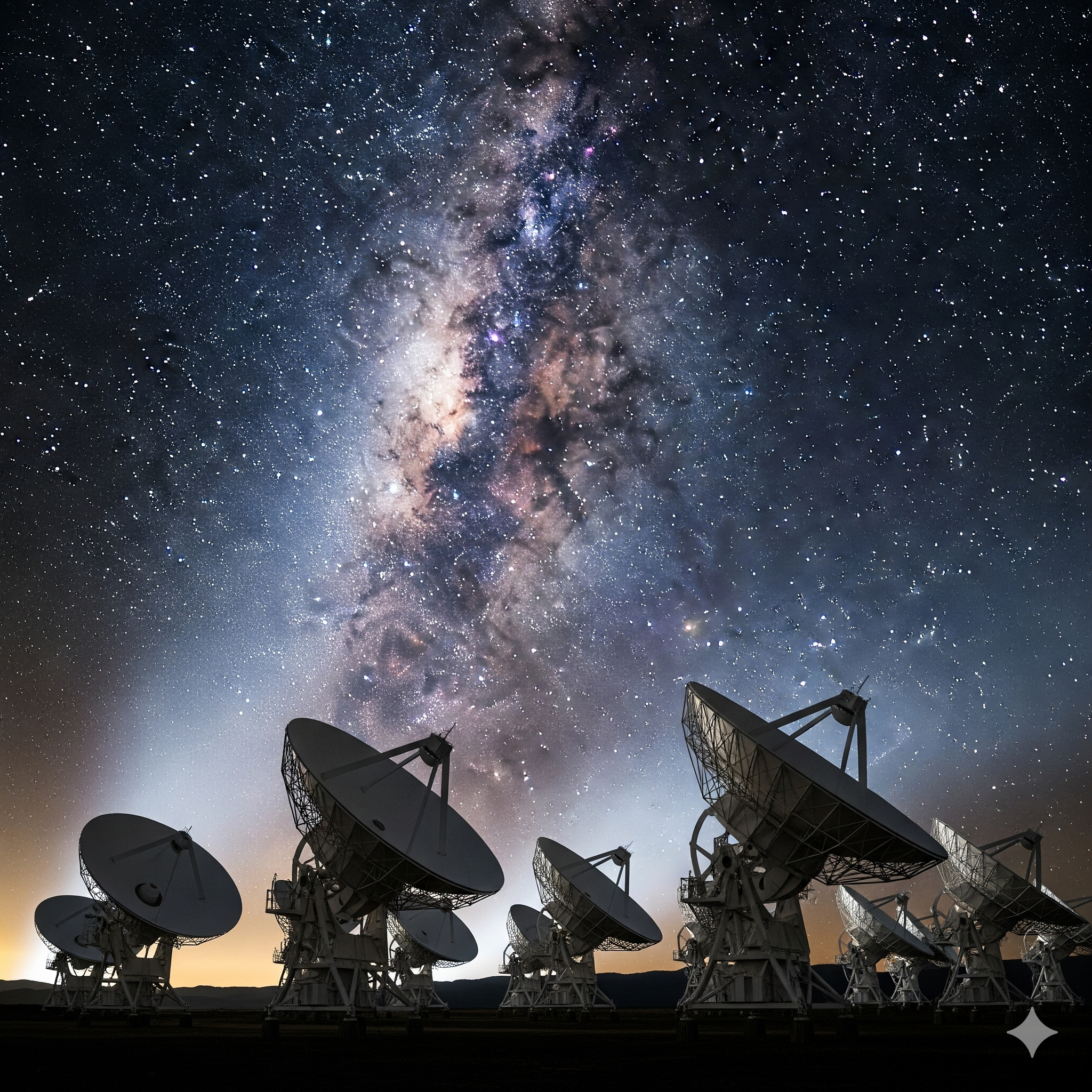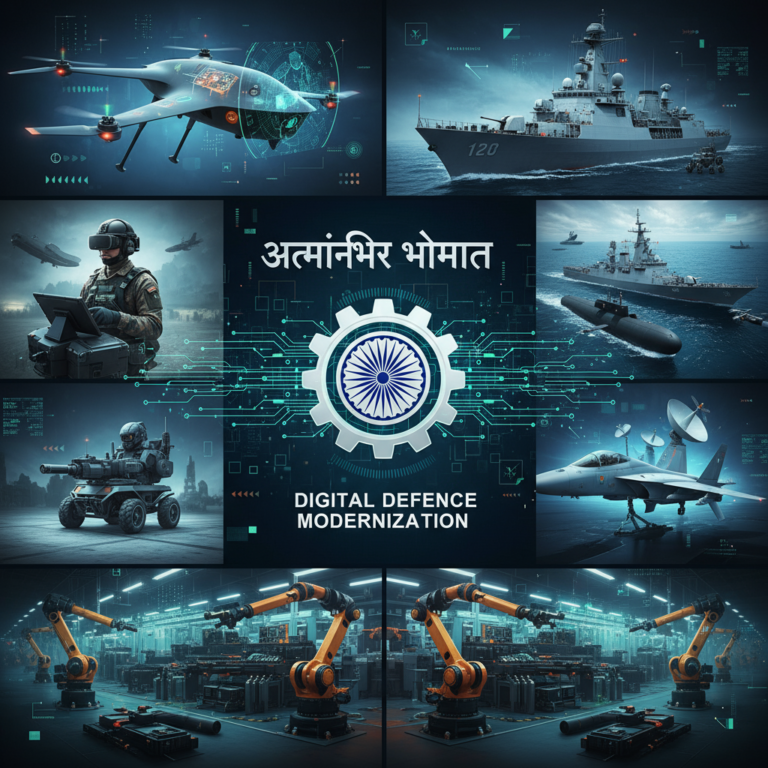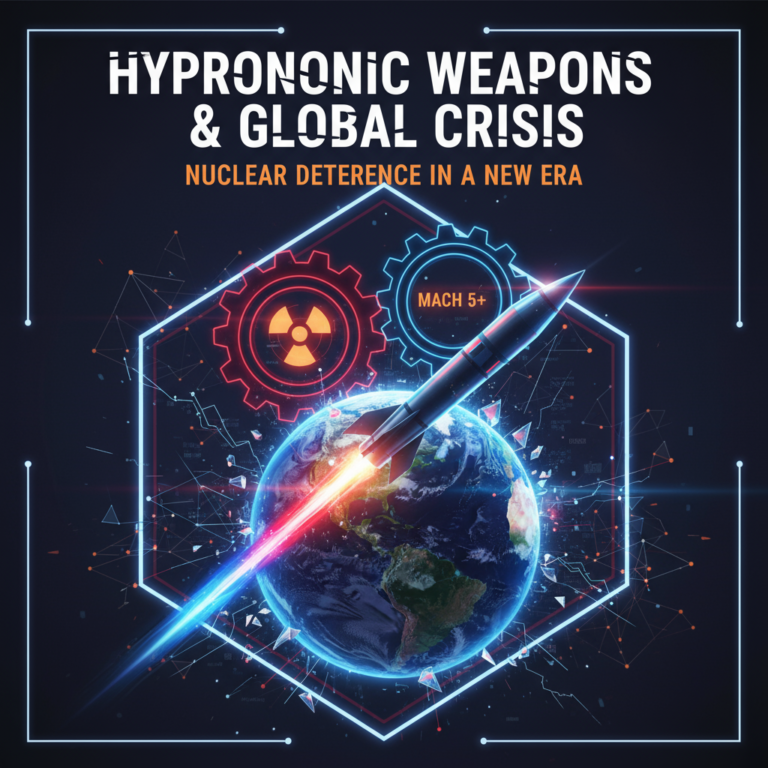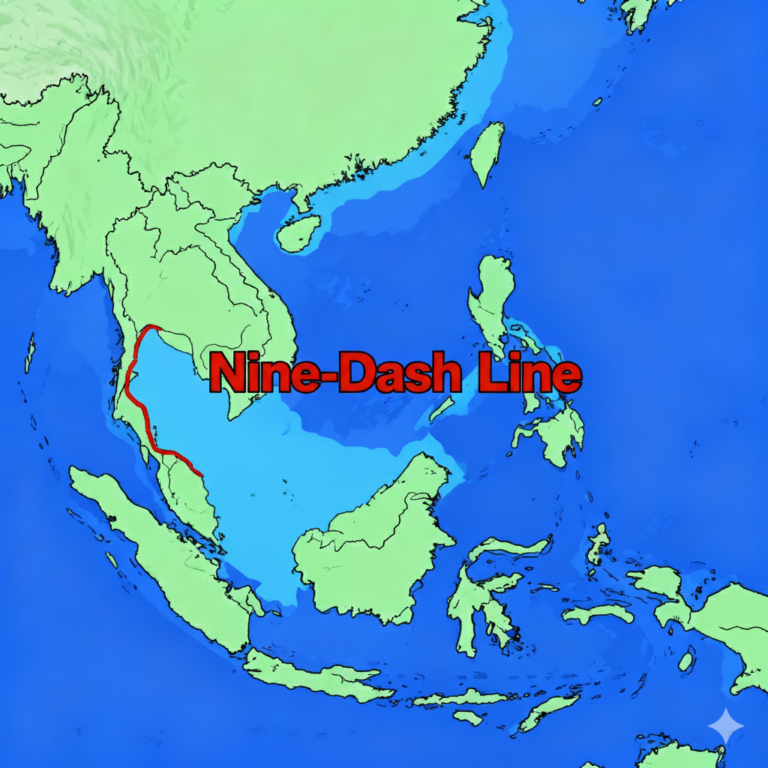- False Claims Debunked: No credible evidence exists of HAARP detecting alien spacecraft; such claims appear to be fabricated news
- HAARP’s Real Purpose: The High-frequency Active Auroral Research Program conducts legitimate ionospheric research, not extraterrestrial detection
- Scientific Verification: Extraordinary claims about alien life require extensive peer review and multiple confirmations
- 3I/ATLAS Reality: The actual interstellar object 3I/ATLAS is a confirmed comet, not an alien spacecraft
- Misinformation Impact: False alien detection stories exploit public fascination while undermining scientific credibility
Understanding HAARP: The Science Behind the Headlines

The High-frequency Active Auroral Research Program (HAARP) has become a focal point of both legitimate scientific research and conspiracy theories. Located in Gakona, Alaska, this University of Alaska Fairbanks facility operates the world’s most capable high-power, high-frequency transmitter for ionospheric studies. haarp.alaska
HAARP’s primary mission involves studying the ionosphere – the region stretching 50 to 400 miles above Earth’s surface where solar radiation creates layers of charged particles. The facility uses its Ionospheric Research Instrument (IRI), comprising 180 antennas spread across 30 acres, to temporarily excite limited areas of the ionosphere for scientific observation.
What HAARP Actually Does
The research conducted at HAARP focuses on legitimate atmospheric phenomena. Scientists use the facility to study plasma line observations, stimulated electron emissions, and radio wave propagation through the ionosphere. Recent experiments have included investigations into artificial periodic irregularities and the generation of extremely low frequency (ELF) signals for long-range communication.
Bob McCoy, director of the Geophysical Institute at UAF, emphasizes the facility’s limitations: “No, it’s not a weapon, and it couldn’t be. The way high-frequency radios work is that the atmosphere is transparent to those signals. If we made this 10 times bigger and tried, we still couldn’t affect the weather”.
The False Alien Detection Claims: A Critical Analysis

The viral news story claiming HAARP detected three massive alien spacecraft lacks any credible scientific foundation. No peer-reviewed research, official statements from HAARP, or verified reports from the scientific community support these extraordinary claims. Courtesy: Internet
Why These Claims Are Problematic
Lack of Official Sources: Legitimate scientific discoveries undergo rigorous peer review and are announced through official channels. HAARP’s actual research activities are documented and publicly available, with no mention of extraterrestrial detection. haarp.gi.alaska
Technical Impossibility: HAARP’s radio transmitters are designed for ionospheric research, not deep space detection. The facility’s electromagnetic power output is “minuscule compared to that delivered by intense lightning flashes,” making global-scale alien detection impossible.
Pattern of Misinformation: HAARP has been falsely blamed for weather manipulation, earthquakes, and mind control – all scientifically impossible given the facility’s actual capabilities.
The Real 3I/ATLAS: An Interstellar Comet, Not Alien Technology
While fictional alien spacecraft dominate headlines, a genuine interstellar visitor has been traversing our solar system. Comet 3I/ATLAS, discovered on July 1, 2025, represents the third confirmed interstellar object to pass through our cosmic neighborhood. science.nasa

Scientific Characteristics of 3I/ATLAS
Confirmed Comet Activity: Unlike the fabricated alien claims, 3I/ATLAS exhibits clear cometary behavior. Scientists have detected water vapor production, carbon dioxide emissions, and a visible coma – all characteristic of natural comets.
Spectroscopic Analysis: Observations using the James Webb Space Telescope and ground-based facilities have revealed the object’s composition includes water ice, carbon dioxide, and dust particles consistent with solar system comets.
Hyperbolic Trajectory: The object follows a scientifically verified hyperbolic orbit with an eccentricity of approximately 6.1, confirming its interstellar origin without requiring alien technology as an explanation.
Scientific Verification Standards for Extraterrestrial Claims
The scientific community maintains stringent standards for evaluating potential evidence of extraterrestrial life. These protocols exist precisely to prevent the spread of unsubstantiated claims like the false HAARP alien detection story.

The “Extraordinary Evidence” Requirement
Astronomer Carl Sagan’s principle that “extraordinary claims require extraordinary evidence” guides legitimate astrobiology research. Recent discussions about potential biosignatures on exoplanet K2-18b demonstrate how scientists approach such discoveries – with caution, peer review, and acknowledgment of limitations.
Statistical Significance: Genuine scientific discoveries require statistical confidence levels of 5-sigma, meaning less than a 0.00006% probability of random occurrence. The fabricated HAARP claims lack any statistical analysis or verifiable data.
Independent Verification: Real scientific breakthroughs undergo independent confirmation by multiple research teams using different instruments and methodologies. No independent verification exists for the alleged HAARP alien detection.
The Broader Impact of Scientific Misinformation
The false HAARP alien detection story exemplifies how misinformation exploits public fascination with extraterrestrial life while potentially undermining confidence in legitimate scientific research.
Consequences for Scientific Communication
Public Trust Erosion: When fabricated stories gain widespread attention, they can create skepticism toward genuine scientific discoveries. news.auf
Resource Misallocation: False claims may divert attention and resources from legitimate SETI research and astrobiology programs.
Educational Challenges: Educators must spend additional time distinguishing between credible science and sensationalized misinformation.
Legitimate Search for Extraterrestrial Intelligence
While the HAARP alien claims are false, genuine scientific efforts to detect extraterrestrial intelligence continue through established programs and methodologies.
Current SETI Approaches
Radio Telescope Networks: Organizations like the SETI Institute use sophisticated equipment to search for artificial signals from other civilizations. seti
Technosignature Detection: Scientists look for evidence of advanced technology, such as artificial structures around distant stars or directed energy beams.
Biosignature Analysis: Researchers study exoplanet atmospheres for chemical indicators of biological processes using space telescopes.
Conclusion: Critical Thinking in the Age of Information
The alleged HAARP alien spacecraft detection serves as a crucial reminder of the importance of scientific literacy and critical evaluation of extraordinary claims. While humanity’s search for extraterrestrial life continues through legitimate scientific channels, fabricated stories like this one demonstrate the need for rigorous verification standards.
As we advance our capabilities to detect genuine signs of life beyond Earth, maintaining scientific integrity becomes increasingly important. The real discoveries – whether interstellar comets like 3I/ATLAS or potential biosignatures on distant exoplanets – deserve our attention and careful study without the distraction of manufactured controversies.
The scientific community’s measured response to extraordinary claims, combined with transparent research practices and public education, provides the best foundation for eventual breakthroughs in our understanding of life in the universe. Until such discoveries undergo proper verification, we must remain both hopeful about future possibilities and skeptical of sensationalized claims that lack scientific evidence.
Key Terms:
- Ionosphere: Upper atmospheric layer containing charged particles affected by solar radiation
- Peer Review: Scientific validation process ensuring research quality and accuracy
- Biosignatures: Measurable indicators of past or present biological processes
- Hyperbolic Trajectory: Orbital path indicating objects not gravitationally bound to the solar system









+ There are no comments
Add yours